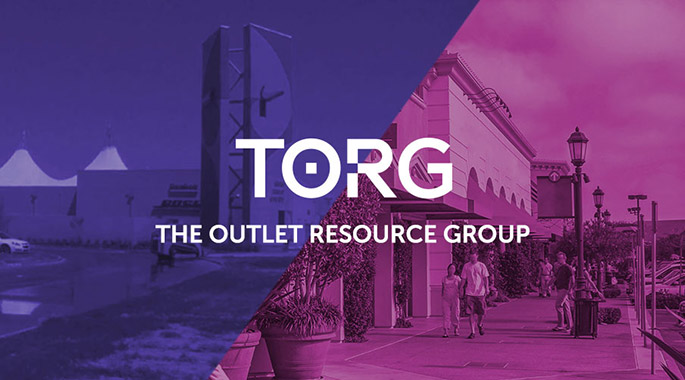
THELATEST
The Rise Of The Urban Outlet
December 20, 2016
According to the United Nations Department of Economic and Social Affairs (UN DESA) 2014 World Urbanization Prospects (a biannual report), 66% of the world’s population is projected to be urban dwellers by 2030 up from the current 54%. Right now, a whopping 82% of North America’s population lives in urban areas and that number is increasing every year.
As the world’s population is migrating to metropolitan areas, outlet centers are moving there to greet them. The more traditional model of tourist destinations and suburban locations for outlet centers will always be important in small to mid-sized markets, but the purchasing power in urban markets is a new goldmine for outlet retailers.
Outside of the growing urban population, other factors are paving the way for urban outlet growth. In Europe, and to some extent the U.S., zoning restrictions on greenfield sites limit the amount of future commercial development, requiring development on brownfield sites or as adaptive reuse projects.
Another factor is that the influence department stores have on manufacturers has weakened thanks to a number of factors including the rise of online shopping, the consumer curation trend (meaning the customers want to shop in brand-specific stores and the continued consumer focus on savings and value.
The rise of urban mixed-use developments where customers can stay, play and shop has proven to be a rich environment for outlet success. But one of the biggest factors of the urbanization of outlet centers isn’t so much the increasing number of shoppers in the metro areas, it’s who these shoppers are – the all important Millennial.
Millennials have enormous purchasing power and are influencing how and where retailers are doing business. Due to their experience with the Great Recession, student loan debt and being accustomed to discounted online purchases, these savvy customers are fiscally discerning when it comes to how and where they spend their money.
Millennials do not feel the need to buy into the notion of home ownership and being fixed in one location, as well as the burden of a mortgage. Because they are avoiding or actually delaying milestone purchases and events such as buying a house or starting a family, they have a sizable discretionary income. And, they’re spending it where they live – in the city. Millennials like the access the city offers and they choose to spend their money on experiences and authentic products that reflect their lifestyle. They want an immersive shopping experience with brands they identify with and exposure to new ones at discounted prices in a convenient location, preferably one serviced by public transportation. A perfect combination for emerging urban outlet centers.
There were once concerns that an urban-based outlet center might negatively impact a brand and would be in direct competition to traditional retailers. As it turns out, the opposite is true. The outlet channel has proven to be a gateway to brands that increase overall purchases. A symbiotic relationship that leads to “positive spillover.” Customers can experiment with brands at an outlet store, then after adopting the brand, will increase spending in the traditional retail (high street, department store and mall) store channel.
Urban outlets are achieving high sales due to their proximity to the population and a strong presence of upper-middle, premium and luxury brands many of which have international portfolios. This is all good news for the outlet center industry and its customers. Win. Win.
And, the leading experts on urban outlet development and strategy is the team at The Outlet Resource Group (TORG). With experience working on urban outlets in the United States and in urban European destinations, TORG was among the first to recognize and capitalize on the Millennial customer.
For information about The Outlet Resource Group leasing programs, rental terms and how to maximize the performance of existing centers, develop new outlet center destinations, and provide professional guidance on retail expansion, we welcome you to contact us.

sign upfor more
We would love to stay in touch with you! Click below to sign up for emails and notifications regarding our exciting growth.
